5 flowers that look like birds – from unusual orchids to large, tropical beauties, these striking blooms bear an uncanny resemblance to our feathered friends
Discover these intriguing plants, plus expert tips on how to look after them
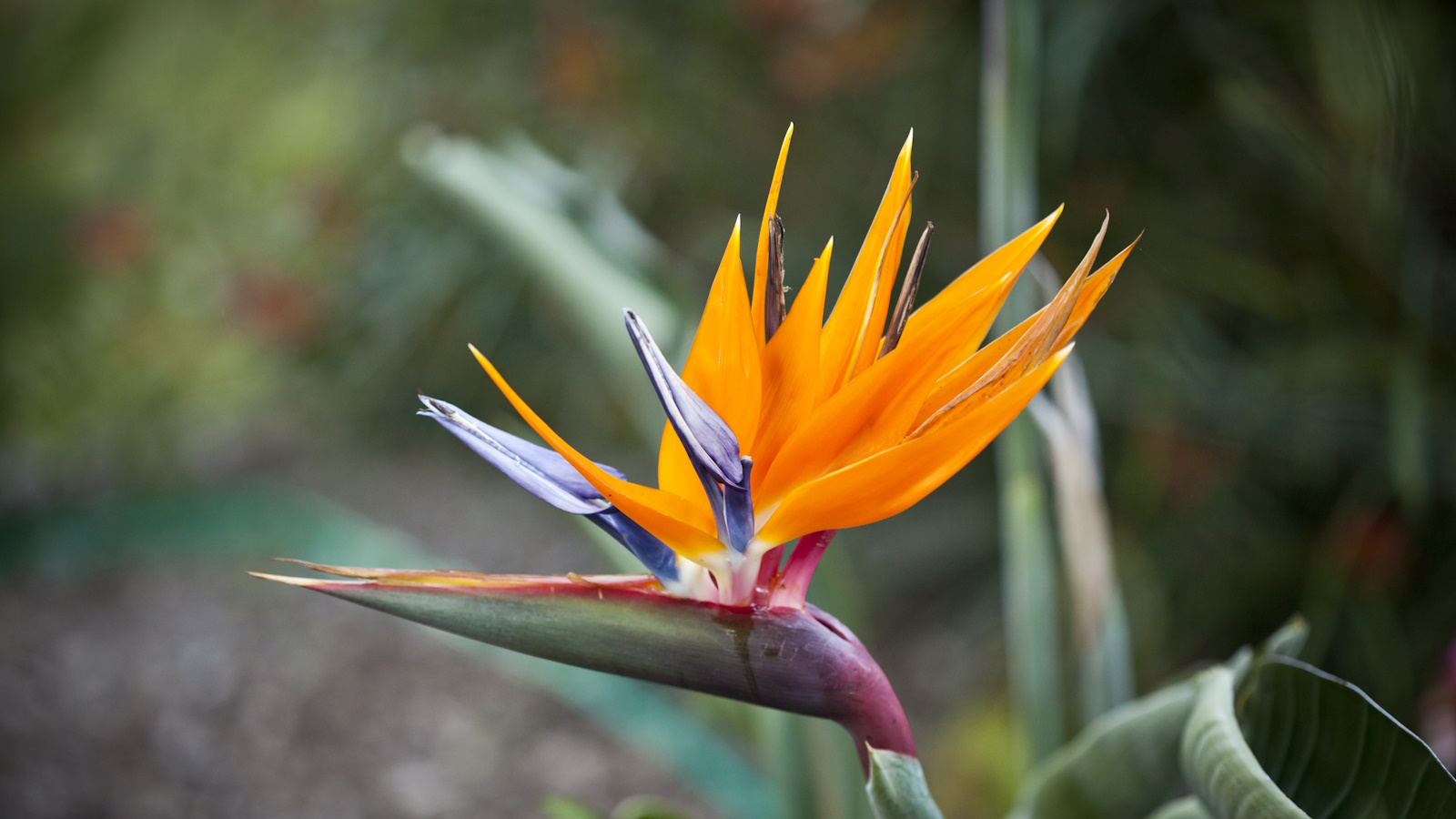
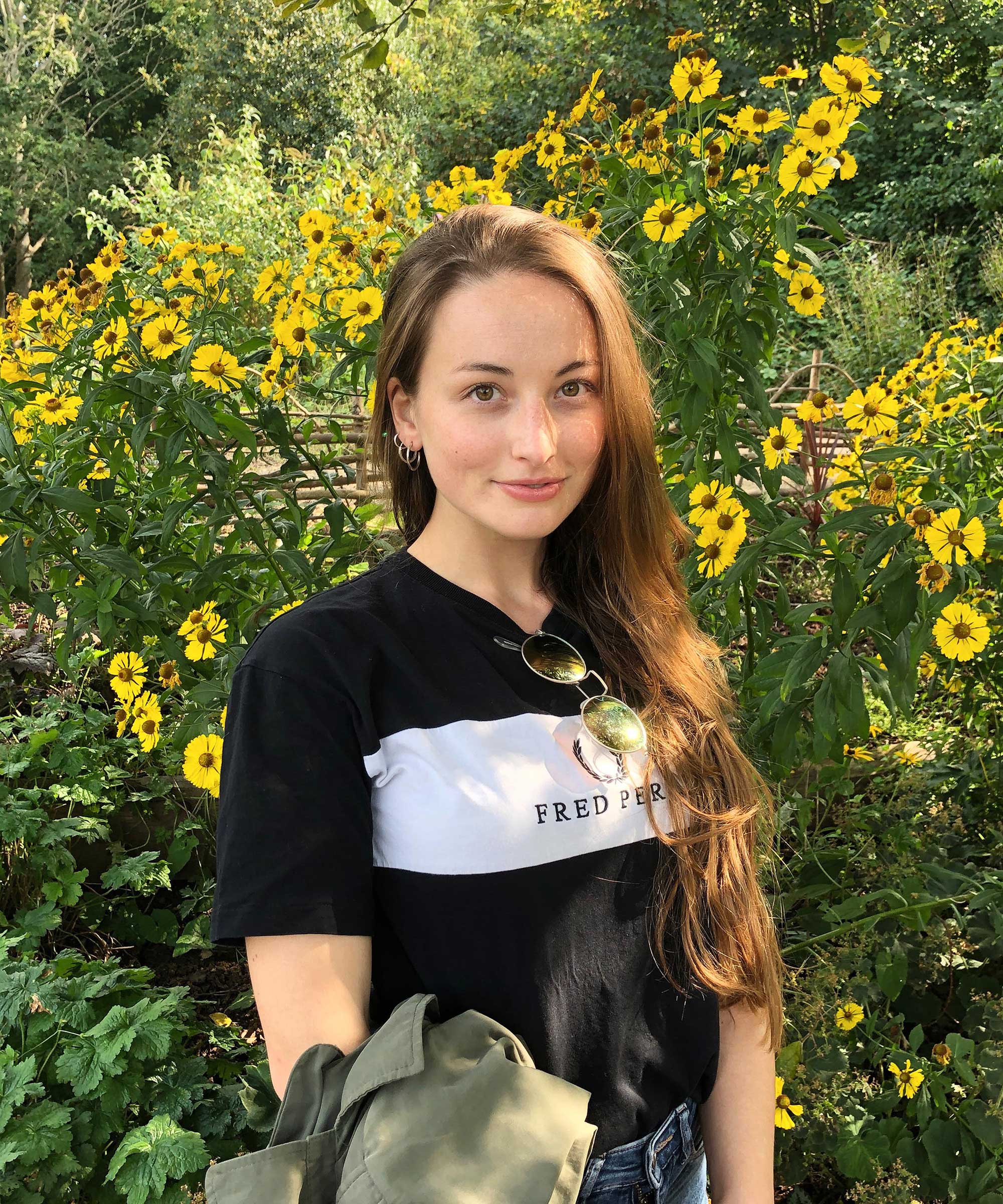
There are plenty of intriguing plants to discover in the world, besides the cottage-garden classics (as lovely as they are). Examples include carnivorous plants, ones with brilliant perfumes, and even plants so dark they're practically black. And, as I recently discovered, there are also multiple plants with flowers that look like birds.
Of course, there are ways to attract the real deal to your space, such as growing plants for birds or creating natural bird feeders. However, if conditions are right, some lookalike bloomers can be grown at home – and they're certainly intriguing.
Below, you'll find five plants that have an uncanny resemblance to birds. There are also insights from the experts on how to look after them.
1. Bird of Paradise
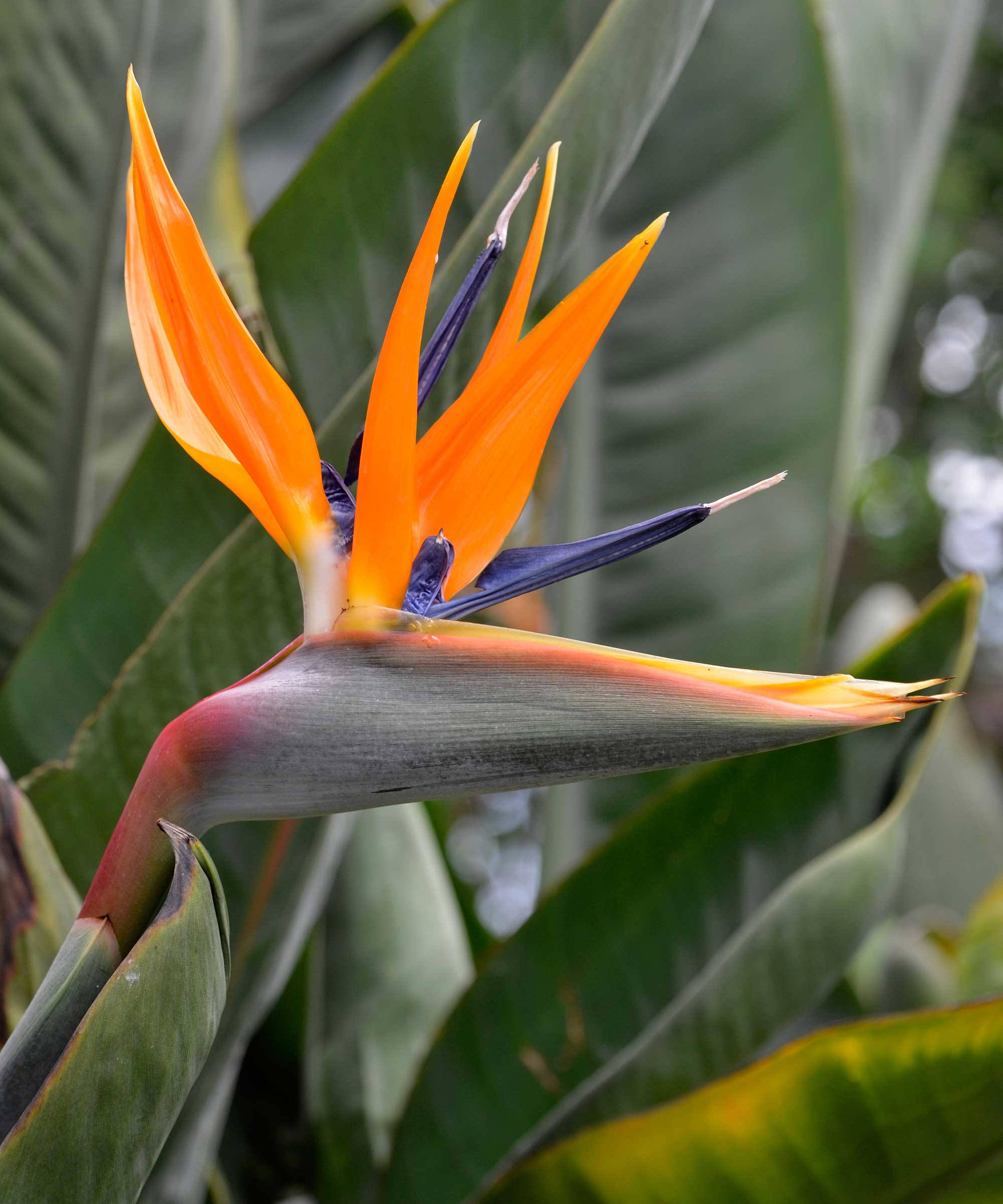
These colorful flowers lend an exotic feel to a space
Bird of paradise is perhaps the best-known plant with blooms that resemble birds. They suit hardiness zones of 10-12 for growing outdoors, and grow readily here in southern Australia. I often spot them lining pavements and walls as a tough and drought-tolerant plant, with their cheery orange flowers standing proud.
'Outdoors as a patio plant, grow it in all-day sun (at least eight hours of sun) or afternoon sun with morning shade,' recommends Justin Hancock, a horticulturist of Costa Farms. 'Water as the top half of the potting mix dries to the touch.
'Fertilizing with a general-purpose time-release or liquid fertilizer can help promote better blooms,' he adds. 'Protect from frost.'
While you can grow bird of paradise plants indoors, you'll have less chance of flowers (or even none at all, depending on which variety you choose). Justin explains that unless you have very high light levels, the orange-flowering variety (Strelitzia reginae) rarely blooms indoors. He also notes that the white-flowering variety (Strelitzia nicolai) doesn’t bloom indoors because it needs to be larger and more mature than you’ll typically get it as a houseplant.
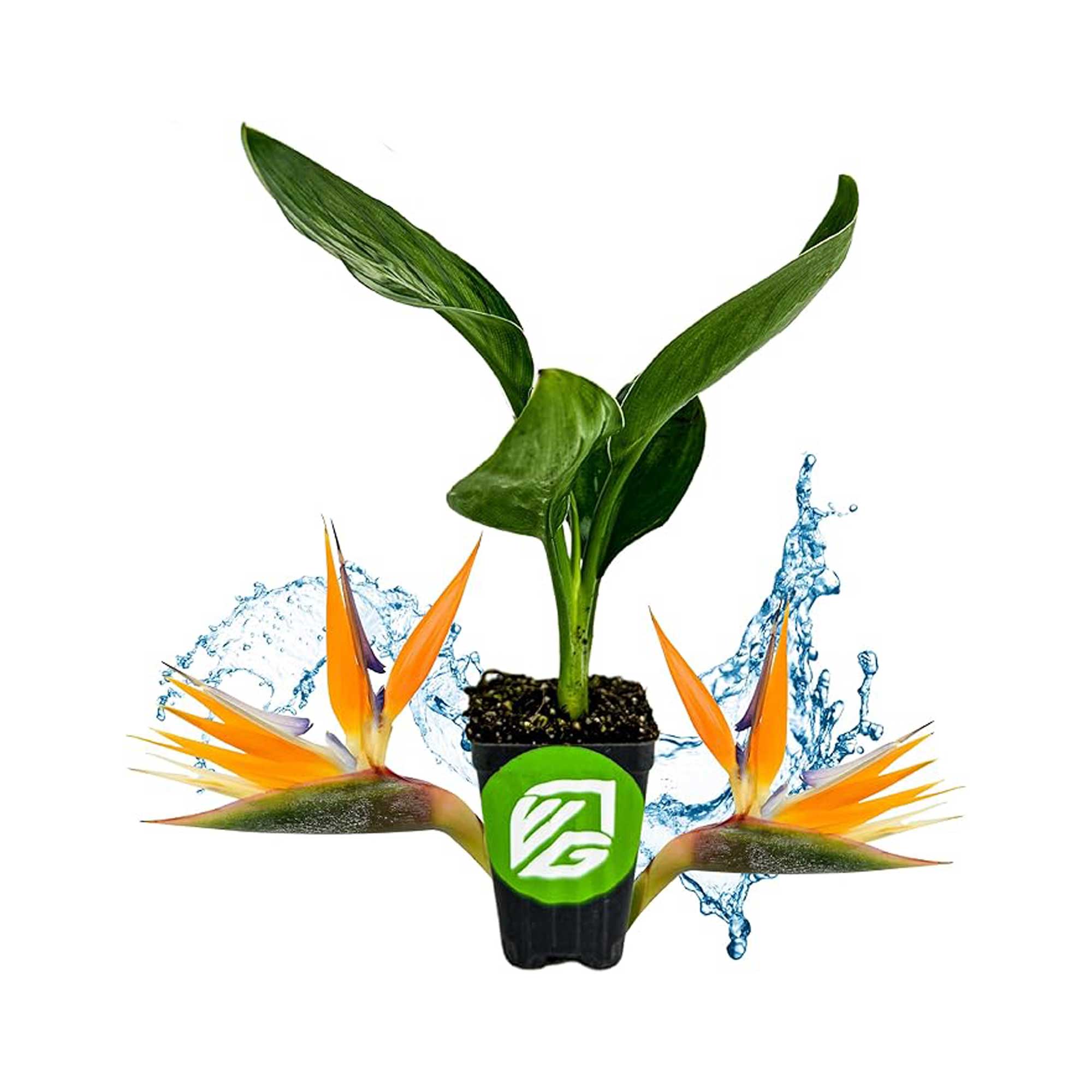
Support a small business by shopping this Strelitzia Reginae starter plant from Wellspring Gardens.

Justin Hancock is a Costa Farms horticulturist with over 25 years in the industry. A plant enthusiast and educator, he has a degree in horticultural science and has worked in garden centers and botanical gardens, as a garden designer, and in garden publishing (including at Better Homes and Gardens). He has experience gardening across the country, from Minnesota to Oregon to Miami. Justin is also co-host of the Costa Farms podcast Plant Rx.
2. White Egret Orchid
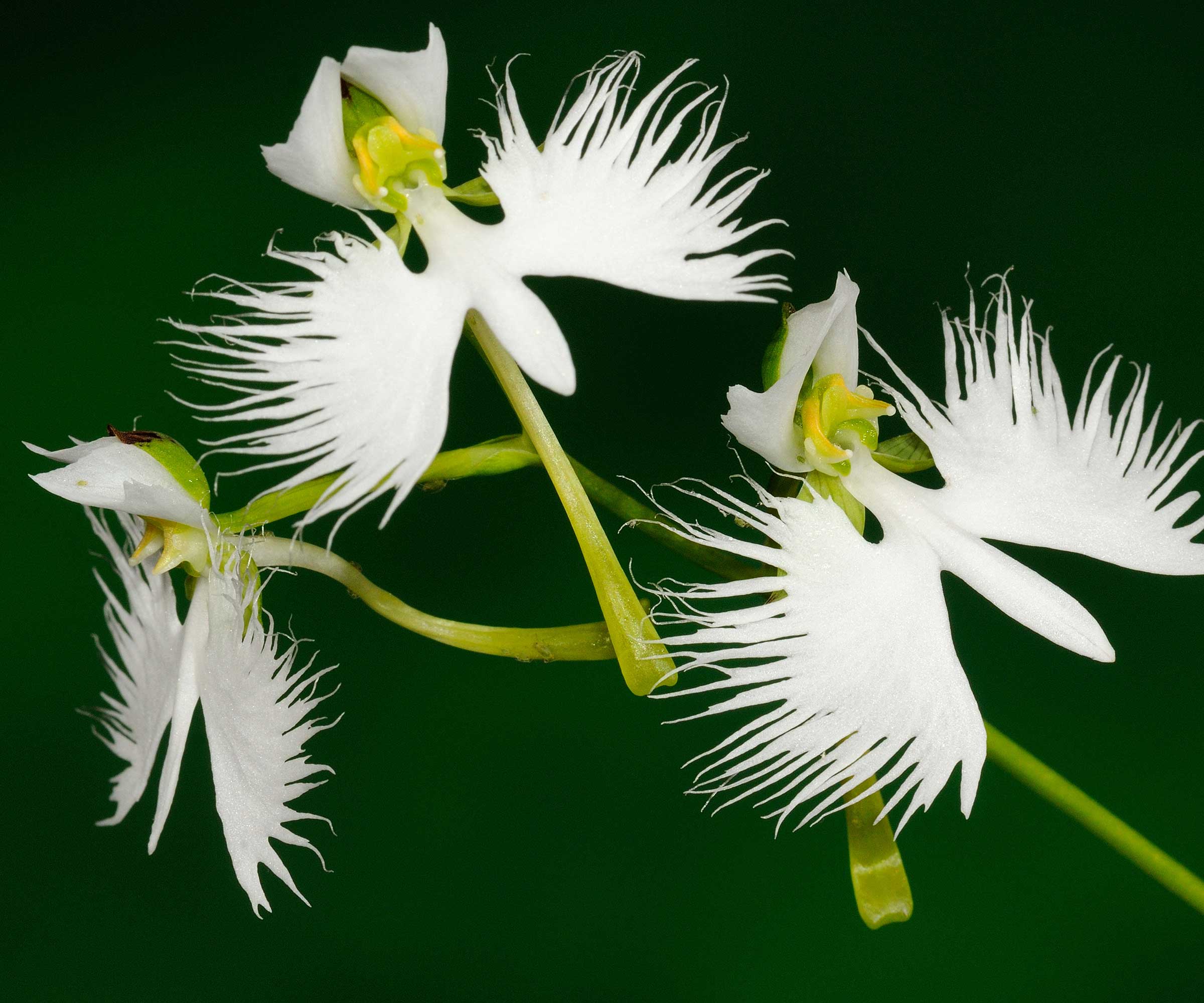
This plant is increasingly rare in the wild
These plants have delicate white blooms that look like white egrets in flight. Officially known as Habenaria radiata, they are found in Japan, China, Korea, and Russia (although are increasingly rare), and are a type of terrestrial orchid, meaning they grow in the ground. Hardy in zones 6-10, this plant can also be grown indoors if conditions are right.
Nikki Bruner of Perfect Plants Nursery advises planting it in well-draining soil and keeping it in bright, indirect light. 'Fertilize lightly during the growing season to encourage blooming.
'Keep soil consistently moist but not waterlogged, and mist the plant to maintain humidity,' she adds.

Nikki Bruner is the marketing manager at Perfect Plants Nursery. With a passion for plants and expertise in marketing, Nikki combines her knowledge of the nursery industry with her creative thinking to promote and highlight the exceptional offerings of Perfect Plants Nursery. She is dedicated to ensuring customer satisfaction and providing valuable insights for plant lovers.
3. False Bird of Paradise
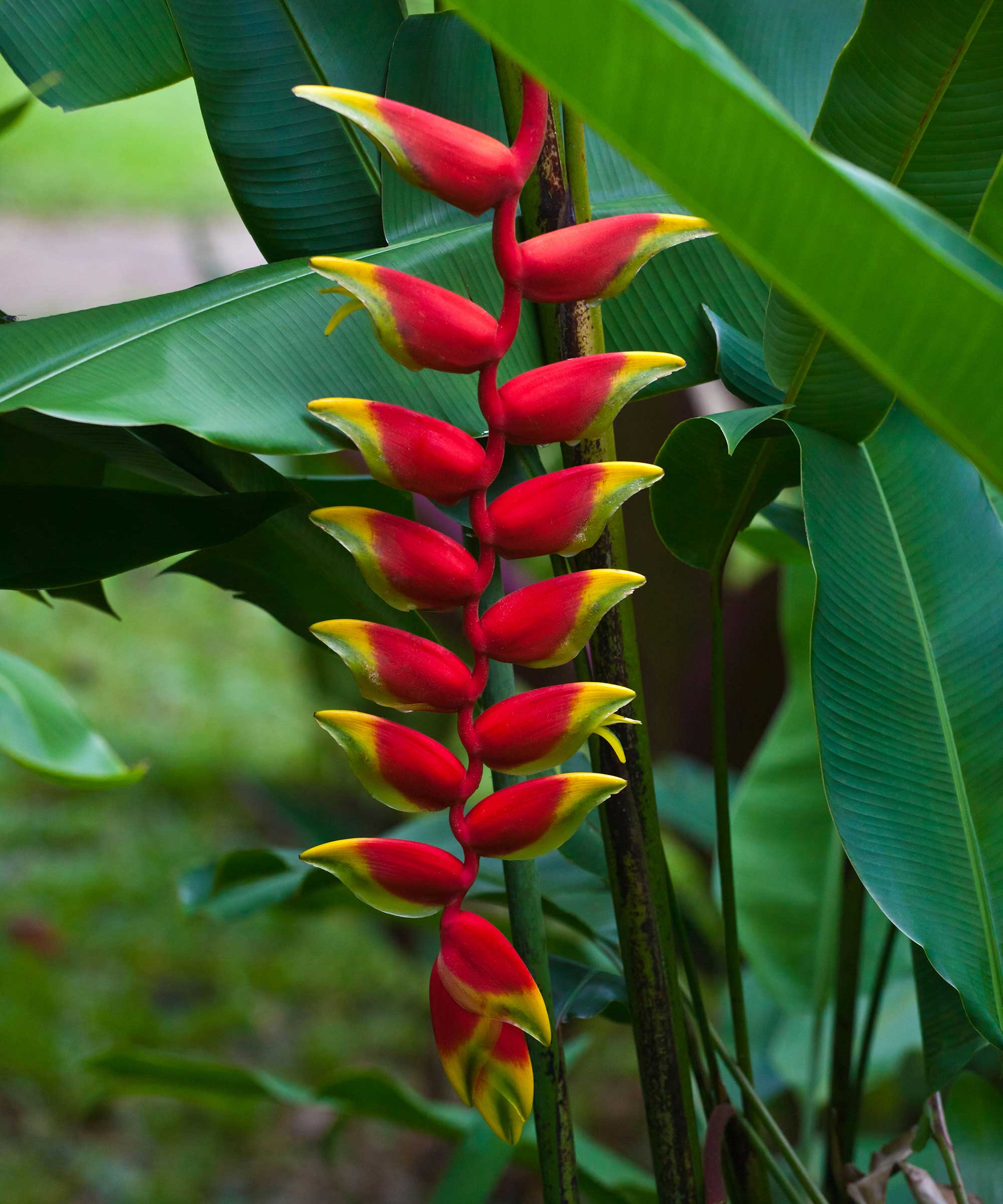
These bright blooms are also said to resemble lobster claws
Also known as Heliconia rostrata, and sometimes hanging lobster claw, this fabulous plant has large leaves and striking red and yellow flowers.
Justin says that to grow it as a houseplant, it needs lots (and lots) of bright light. 'Without these high light levels, you can grow it as a big (six-foot-tall) foliage plant, but it’s not likely to bloom.' It also likes temperatures above 70ºF and relative humidity levels over about 50%, he adds. Water as the top 25 percent or so of the potting mix starts to dry to the touch.
'Outdoors in subtropical landscapes, plant it in a spot with morning sun and afternoon shade or filtered shade all day,' Justin says. 'It likes moist, well-drained soil that’s rich in organic matter and the same warm temperatures and elevated humidity levels as when you grow it indoors.
'You may be able to coax it into bloom as a patio plant in northern regions, but without extended warm temperatures, it can be tough to get it to bloom outdoors,' he continues. 'But, it’s a great, low-maintenance landscape plant in frost-free areas, like here in Miami!'
4. Green Birdflower
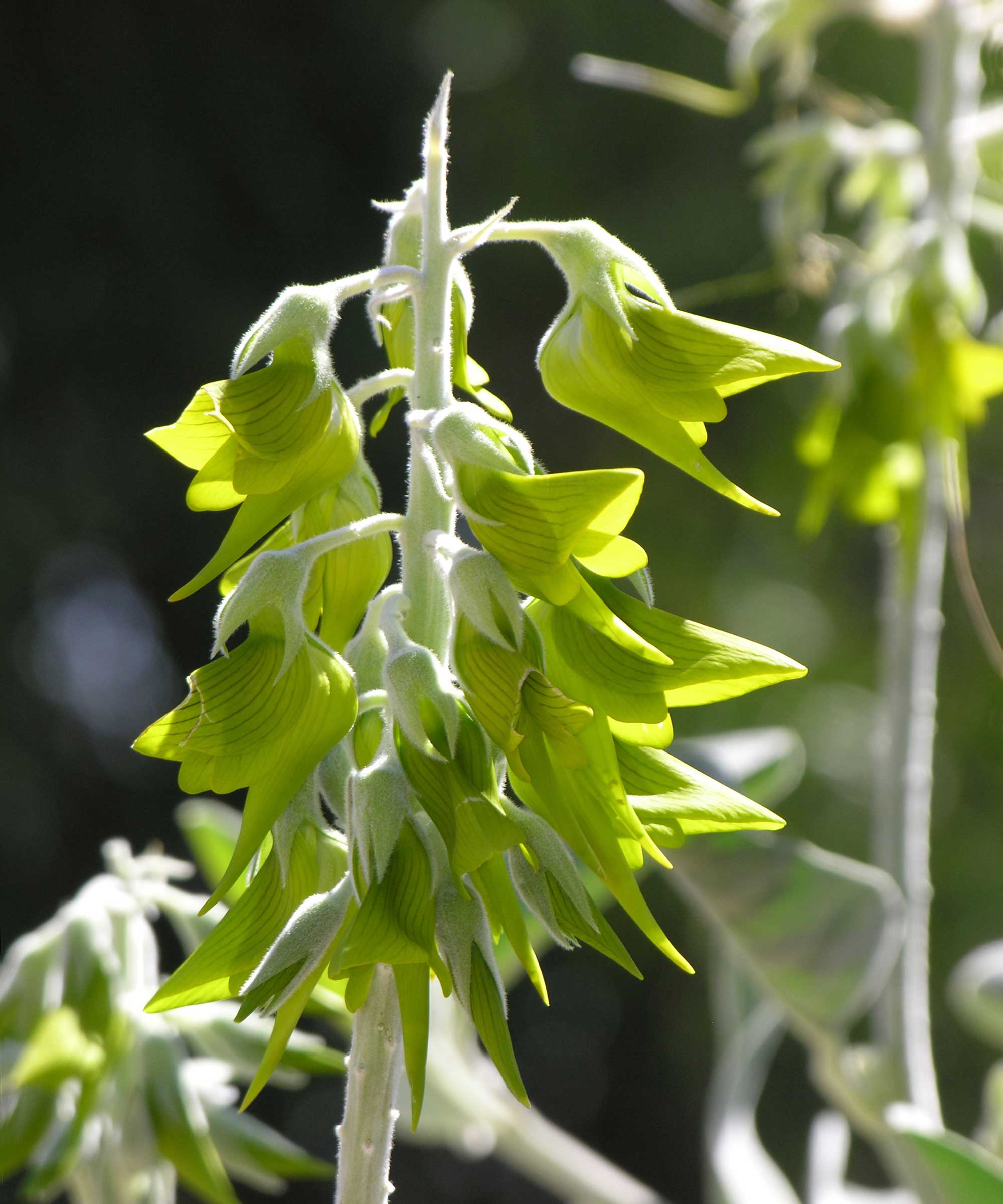
The flowers on this shrub resemble small, green birds
Crotalaria cunninghamii, the green birdflower or parrot pea, is an Australian shrub suitable for hardiness zones 10-11. The flowers are predominantly green, as the common name suggests, with purple-striped markings.
Nikki recommends planting these in well-draining soil in a sunny location. 'Water regularly to keep the soil evenly moist, especially during the spring and summer growing seasons,' she adds. They do, however, have the capability to survive drought.
5. Flying Duck Orchid
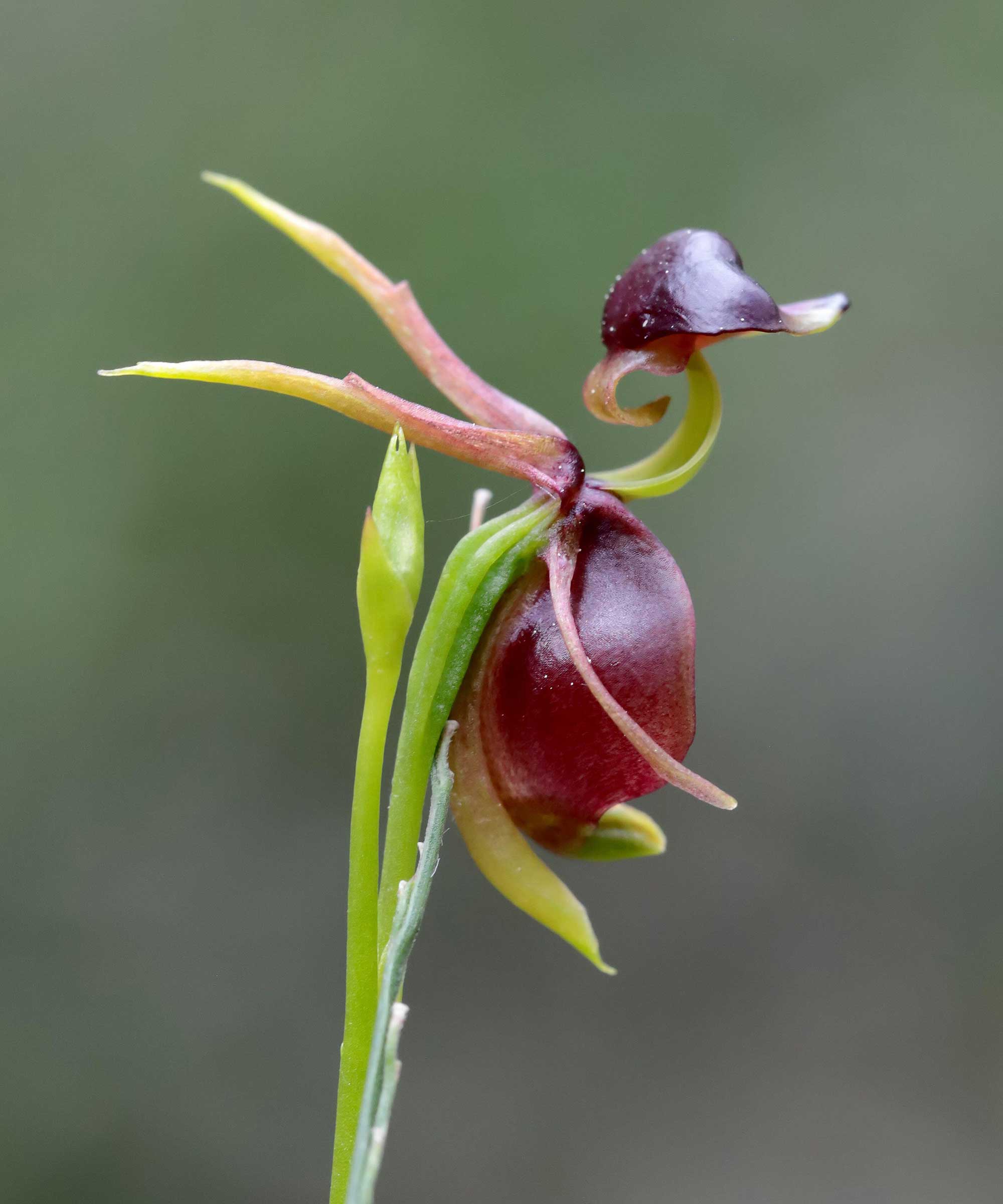
These plants grow to round 20 inches tall
The flying duck orchid, or Caleana major, is another plant native to Australia. It is a terrestrial orchid, and in the wild can be spotted in woodland, shrubland, and by the coast.
These curious plants are known to be very difficult to grow at home and are not usually available to buy. However, if you do manage to find some for sale, they need well-draining soil that's kept moist, but never watered so that it's soggy.
FAQs
What other flowers look like animals?
There are a handful of orchids with animal lookalikes, including the bumblebee orchid (Ophrys bombyliflora), the monkey face orchid (Dracula simia), and the donkey orchid (Diuris corymbosa). Meanwhile, the cobra lily (Darlingtonia californica) is a pitcher plant that looks just like a snake.
Are you on the lookout for something a bit different to add to your home or yard this year? If it's vibrant indoor color you're after, we've rounded up some excellent blooming houseplants in our dedicated guide, including African violets and amaryllis. Or you might find inspiration from our list of unusual bulbs to plant in spring.
Sign up to the Homes & Gardens newsletter
Design expertise in your inbox – from inspiring decorating ideas and beautiful celebrity homes to practical gardening advice and shopping round-ups.

Holly started writing about gardening five years ago, and she is a regular contributor to Homes & Gardens. She has also written many gardening features for Woman & Home and Real Homes, too. She has previous experience as a professional gardener, where she helped to plant and maintain private gardens. Holly has also looked after allotment plots over the years and loves to grow her own flowers and veggies from seed. In her spare time, she enjoys visiting local gardens, botanical drawing, and tending to her ever-growing collection of houseplants.
You must confirm your public display name before commenting
Please logout and then login again, you will then be prompted to enter your display name.
-
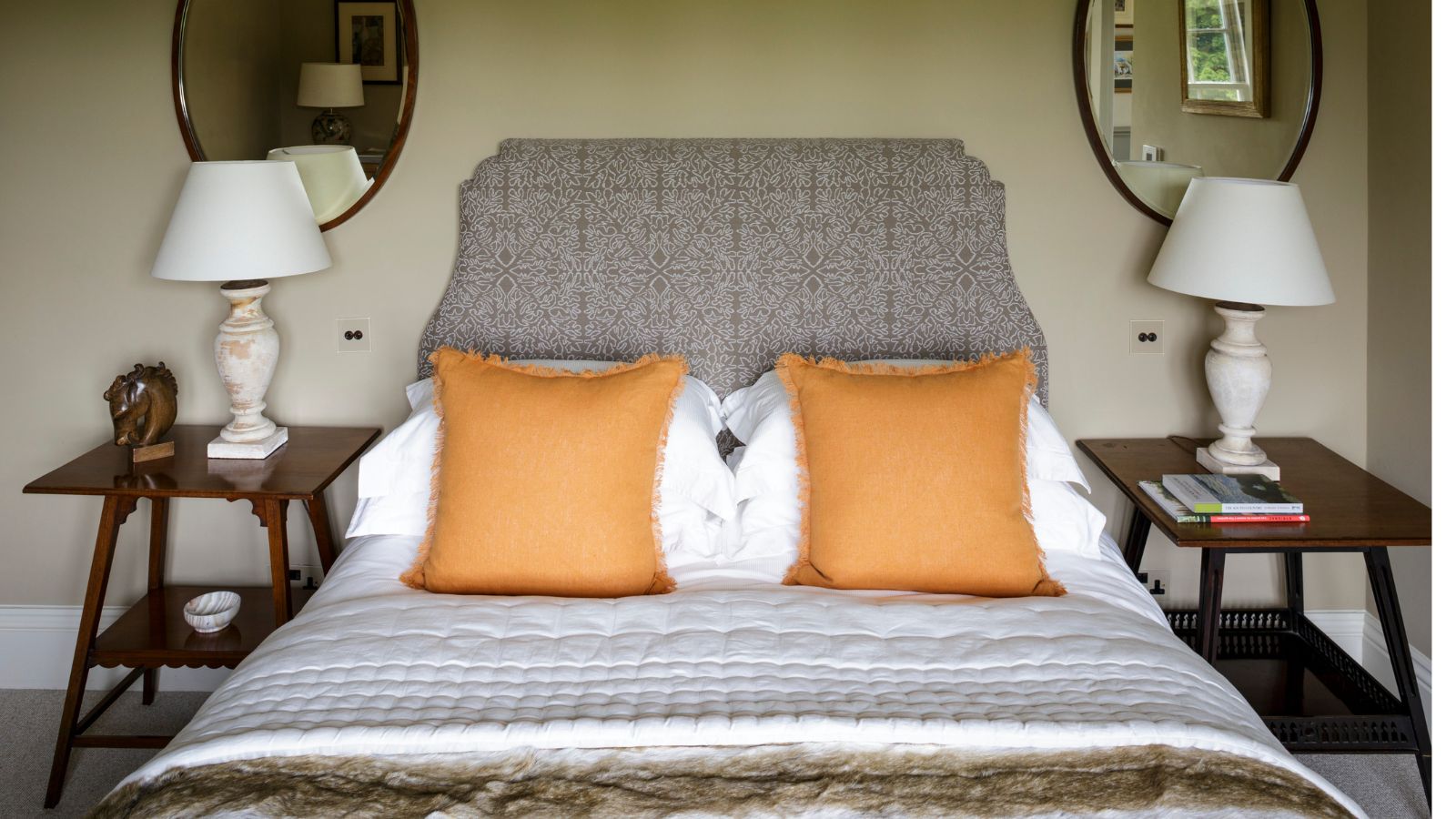 5 surprisingly practical ways to re-purpose old bed sheets for cleaning, decluttering and storage at home
5 surprisingly practical ways to re-purpose old bed sheets for cleaning, decluttering and storage at homeDon't ditch worn-out bedding – there's life in them yet
By Natasha Brinsmead
-
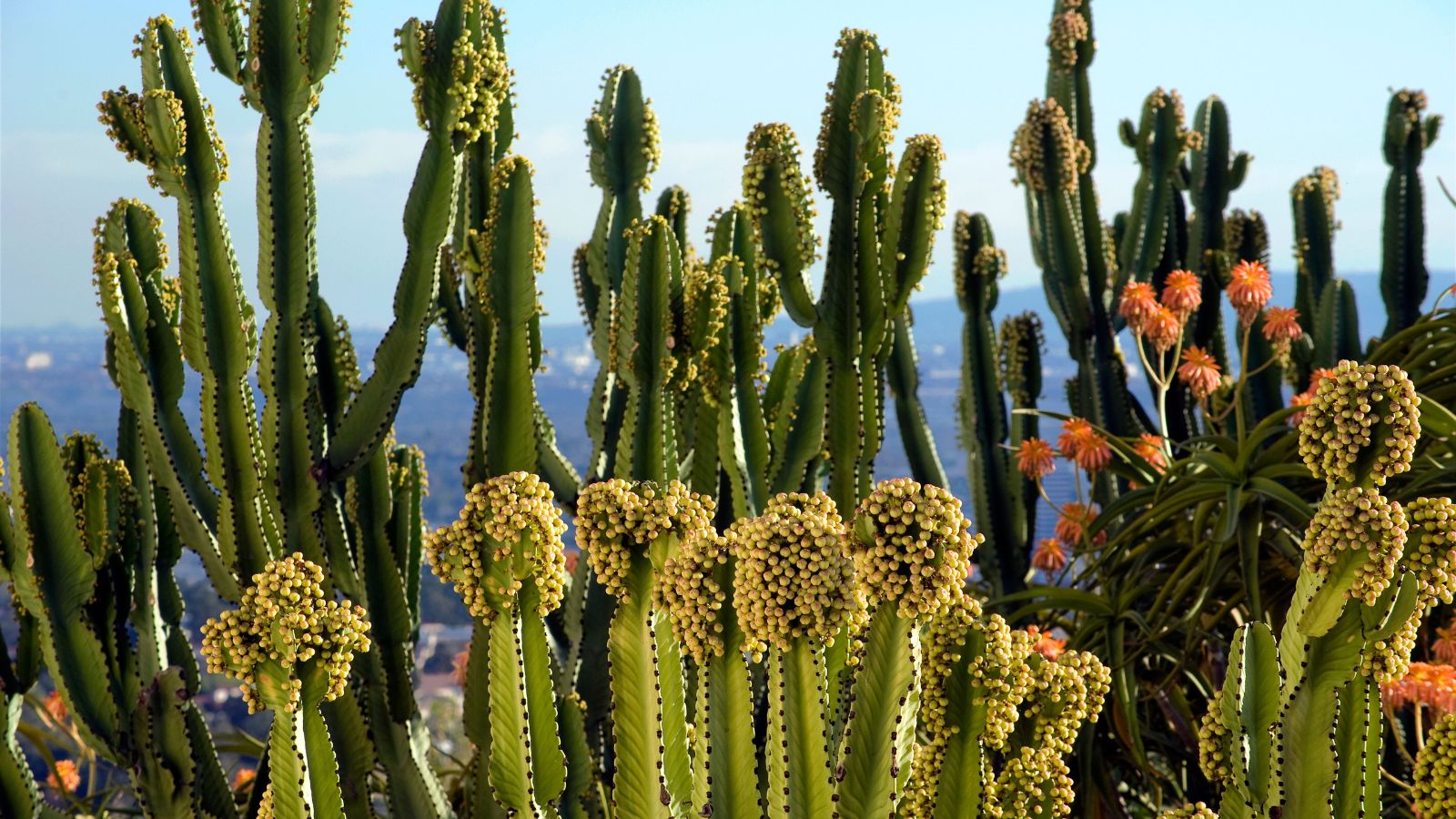 How to grow a cactus from seed – 6 easy, expert-approved steps for succulent success this year
How to grow a cactus from seed – 6 easy, expert-approved steps for succulent success this yearIf you love succulents, why not learn how to grow a cactus from seed this year?
By Lola Houlton